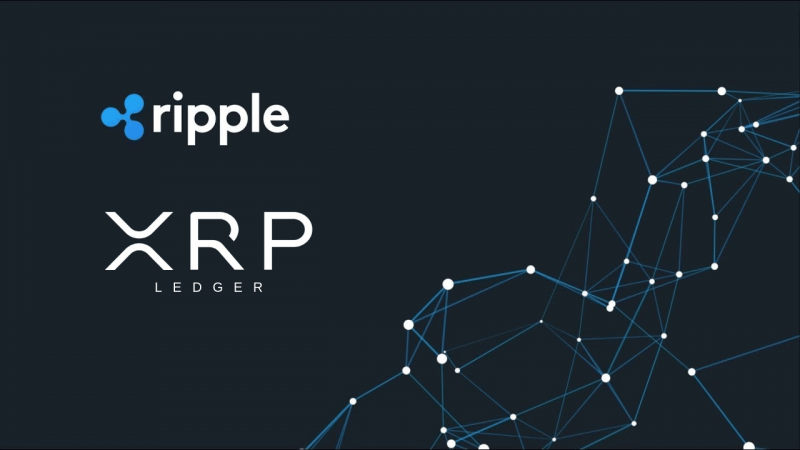Ripple’s developer arm, RippleX, has changed the design of XRP Ledger’s sidechains.
As per an official announcement by developer Scott Determan, the firm previously used “federators” for sidechains to connect with the main chain. Federators were first included in the original architecture of XRPL sidechains. It is a piece of software that establishes connections with two or more XRPL instances. The federator links the XRP Ledger Mainnet on one side to one (or more) sidechain. Anyone can operate a sidechain to the XRP Ledger using the federator software, and they are free to choose how their chains function. The idea of federated sidechains was first suggested by Ripple CTO David Schwartz last year.
For developers to test out, Federated sidechains have been accessible in preview mode for the past few months.
However, with the latest update, Ripple developers intend to do away with federators. While the core concept of the new design remains the same, the XRP Ledger sidechain will instead leverage a “witness.”
Determan states,
“After testing and reviewing community feedback from the preview, Ripple engineers are excited to unveil the next iteration of XRPL sidechains with a new design.”
How is XRP Ledger’s “witness” different from the “federator” model?
Instead of relying on a shared entity, the new design would enable several services to operate separately. The new design approach solves problems like price escalation and transition throughput, and users can choose what exact cost to utilize because the server does not submit transactions. Due to the simplicity of the witness server, the proposal would also make it simpler for developers to test new features and fix problems. The witness would need to keep an eye on transactions and confirm that they were transferred to designated accounts.
Determan’s blog says,
“Simply put, a witness watches transactions and attests that assets have moved into specially designated accounts. This is due to its use of a cross-chain claim ID, which makes it so that the ledger doesn’t need to keep track of all hashes that it has seen to prevent replay attacks and the fact that signatures are broadcast on the ledger instead of users needing to query the witness server.”
Nonetheless, Determan admits that some issues need to be resolved. He states,
“..there is still some testing and exploration needed to address things like creating accounts and the need for wallets, which is often complex.”
Furthermore, Determan says the team will inform the community about new updates as they progress through the XRP Ledger sidechain’s roadmap.





